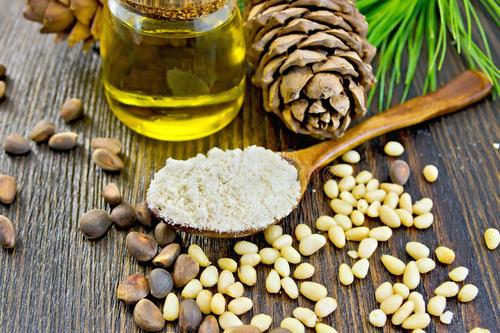Exploring the Diversity of Cedarwood: The Various Species Behind Cedarwood Oil
2024-03-19
Introduction:
Cedarwood oil, renowned for its earthy aroma and therapeutic properties, is derived from several species of cedarwood trees. Each species offers its own unique scent profile and potential benefits, adding to the richness and diversity of cedarwood oil. In this blog, we'll embark on a journey to explore the different species of cedarwood trees that produce cedarwood oil, uncovering their distinctive characteristics and contributions to aromatherapy and beyond.
1. Atlas Cedarwood (Cedrus atlantica):
Native to the Atlas Mountains of North Africa, Atlas cedarwood trees are prized for their majestic stature and aromatic wood. Atlas cedarwood oil is known for its warm, woody scent with subtle sweet undertones. In aromatherapy, it is cherished for its calming and grounding effects, promoting relaxation and emotional balance.
2. Himalayan Cedarwood (Cedrus deodara):
Found in the Himalayan region of India, Nepal, and Pakistan, Himalayan cedarwood trees are revered for their ornamental beauty and fragrant wood. Himalayan cedarwood oil boasts a rich, sweet, and slightly balsamic aroma, reminiscent of fresh-cut wood. It is valued in aromatherapy for its ability to enhance mental clarity, alleviate stress, and support respiratory health.
3. Texas Cedarwood (Juniperus ashei):
Native to the southwestern United States, particularly Texas, Texas cedarwood trees are known for their rugged appearance and aromatic wood. Texas cedarwood oil has a distinctive smoky, resinous scent with hints of leather and spice. In aromatherapy, it is prized for its calming and purifying properties, making it a popular choice for meditation and spiritual practices.
4. Virginia Cedarwood (Juniperus virginiana):
Native to the eastern United States, Virginia cedarwood trees, also known as red cedar, are characterized by their reddish-brown heartwood and aromatic fragrance. Virginia cedarwood oil has a warm, woody aroma with subtle hints of sweet balsamic notes. It is valued in aromatherapy for its calming, grounding, and insect-repellent properties.
5. Australian Blue Cypress (Callitris intratropica):
Found in the northern regions of Australia, Australian blue cypress trees are revered for their striking blue-green foliage and aromatic wood. Australian blue cypress oil has a fresh, woody scent with hints of lemon and spice. In aromatherapy, it is cherished for its calming and uplifting effects, promoting emotional balance and mental clarity.
Conclusion:
In conclusion, cedarwood oil is derived from a diverse array of cedarwood tree species, each with its own unique scent profile and therapeutic properties. From the warm, woody aroma of Atlas and Himalayan cedarwood to the smoky, resinous notes of Texas cedarwood and the calming, grounding effects of Virginia cedarwood, cedarwood oil offers a wealth of benefits in aromatherapy and beyond. As we embrace the diversity of cedarwood trees and their contributions to wellness and well-being, let us continue to explore the wonders of nature's aromatic treasures.



